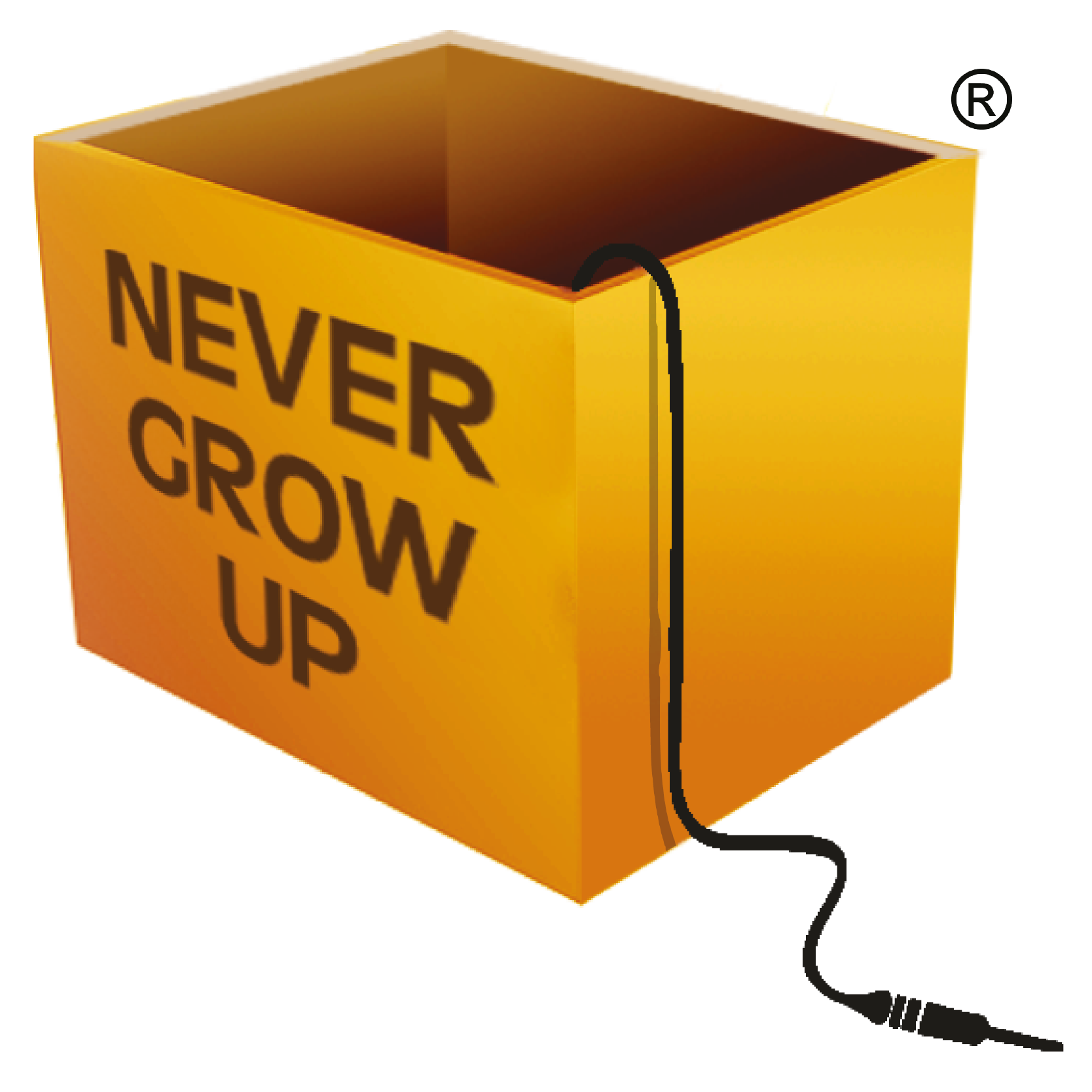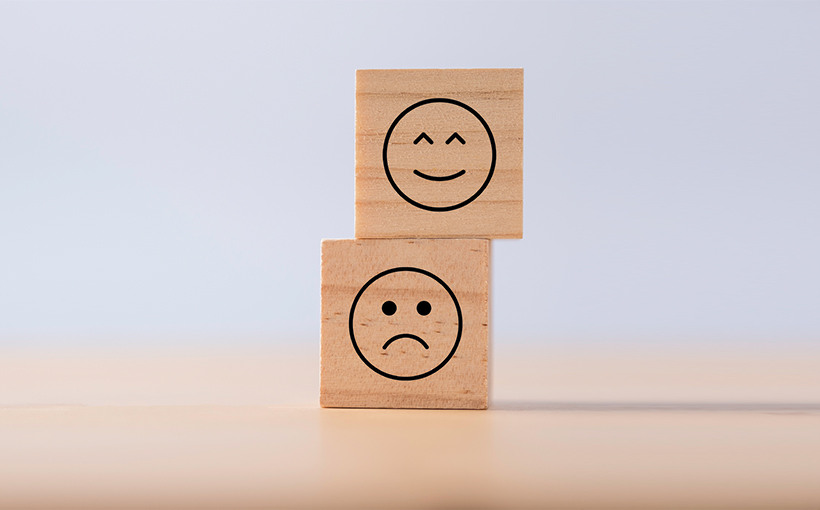In Early 2020 as the pandemic struck, CEOs, founders, HR leaders and tech companies quickly jumped into action to provide resources for remote working. Moreover, management and leadership teams had to swiftly upskill themselves to be able to lead teams working remotely. We’re living through a surreal situation wherein our actions of today, will shape the future. This in turn will impact business, productivity and the employee experience. Though some determining factors remain uncertain, pulse surveys is one way of identifying what 2021 looks like for the employee experience!
Reimagining The Future World Of Work
“Will work from home be a sure benefit?”
“Is remote working here to stay?”
“What’s new about workplace ergonomics?”
These are a few questions that set the ground work for defining the future of work and the employee experience. If employers expect teams to get back to the office, confidence will need to be enforced in them to return! After spending many months working remotely using digital mediums, stepping physically into a new territory is a risk most employees aren’t ready to take. Yes, a staggered system can be implemented but will this sustain in the long run?
A McKinsey survey in June 2020 identified the accelerated use of technology to amplify collaboration and interaction amongst employees. Additionally, it identified that working remotely for two-three days a week is becoming a trend. Instead of having employees work in staggered shifts, working from the office balanced with working remotely is an option most vouch for.
Pulse Surveys – Ask Employees What They Want
The main objective of a pulse survey is to specifically cull out information that aids in strategizing action plans. Understanding the pulse of the employees enhances the impact of HR initiatives as it is explicitly designed for employees. For companies to really understand what their teams think and feel at work, it’s imperative to roll out pulse surveys! Communicate with the workforce frequently to get a clear idea of how certain processes and functions are influencing their experience. Are they truly engaged? Are they able to maintain a work-life balance? Has the pandemic taken a toll on their mental health and productivity? Although suffering from lockdown fatigue, are they willing to work from office?
These are answers organizations need to have in order to plan better for the new year. The organization’s actions can define what the employees experience will look like, but only the employee will be able to tell reality from predictions. Among the key features of what will define the employee experience in 2021 is employee well-being, engagement and being led with empathy. Without a doubt one can agree that employee well-being has taken centre stage over the past few months. But are you one of the companies that have made holistic programs available to tackle this concern? If not, now is the time to act and help employees so that they can continue building business with the same energy!
Will A Hybrid Workplace Help?
As mentioned earlier, two-three working days in office is the new trend. Which is why the hybrid working model is becoming the norm! This model lets employees work partly in office and spend the rest of the week, working remotely from anywhere. Not only does this model give a certain level of power to the employees to decide functions for themselves, but it also adds equal accountability and responsibility on them. It’s safe to claim that with a certain degree of liberty and anonymity, employees feel empowered. This enhances their productivity and creativity, leading to a hybrid workforce that performs well in any situation. However, from management perspective, is this an ideal working style? Of course, communication and engagement would have to scale up, but the feasibility of it needs to be accounted for.
Once again, pulse surveys is the answer to the question. Run the survey and find out if employees prefer working permanently out of office, an entirely remote working scenario, or a mix of both! After all, being courageous to learn from trial and error is one of the best ways to run a company that’s willing to take calculated risks to sustain itself.





